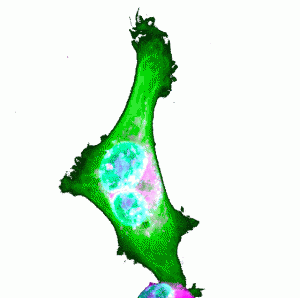In terms of developing nanomedicines with clinical translation in mind: what makes some polymer designs perform better in vivo than others? Why do some materials demonstrate a higher susceptibility to falling prey to biological barriers than others do? As designs for nanomedical delivery vectors have grown increasingly complex, our need to understand the interplay between polymer design and the behaviours exhibited within living systems has also escalated. For instance, environmentally responsive materials often introduce a specificity to their intracellular trafficking as functionality is tied directly to their release requirements. Often this inherent prerequisite necessitates consistent recruitment to, or accumulation within, specific microenvironments, organelles or endolysosomal compartments in order to provide a therapeutic effect. To ensure the efficacy of materials, it has become pertinent to examine factors in the design of polymeric architectures that contribute to their behaviour within living systems in order to help inform the design of nanomedicines.
Predominantly, the goal of this project is to examine simple but well-characterized polymer systems to understand complex biological interactions, exploring a variety of factors and their influence over the intracellular behaviours exhibited in vitro. By comparing this information with biodistribution in vivo and intra-tumoural accumulation ex vivo, we seek to glean insight as to how each of these factors interacts with the biological hurdles that currently hamper clinical translation.

